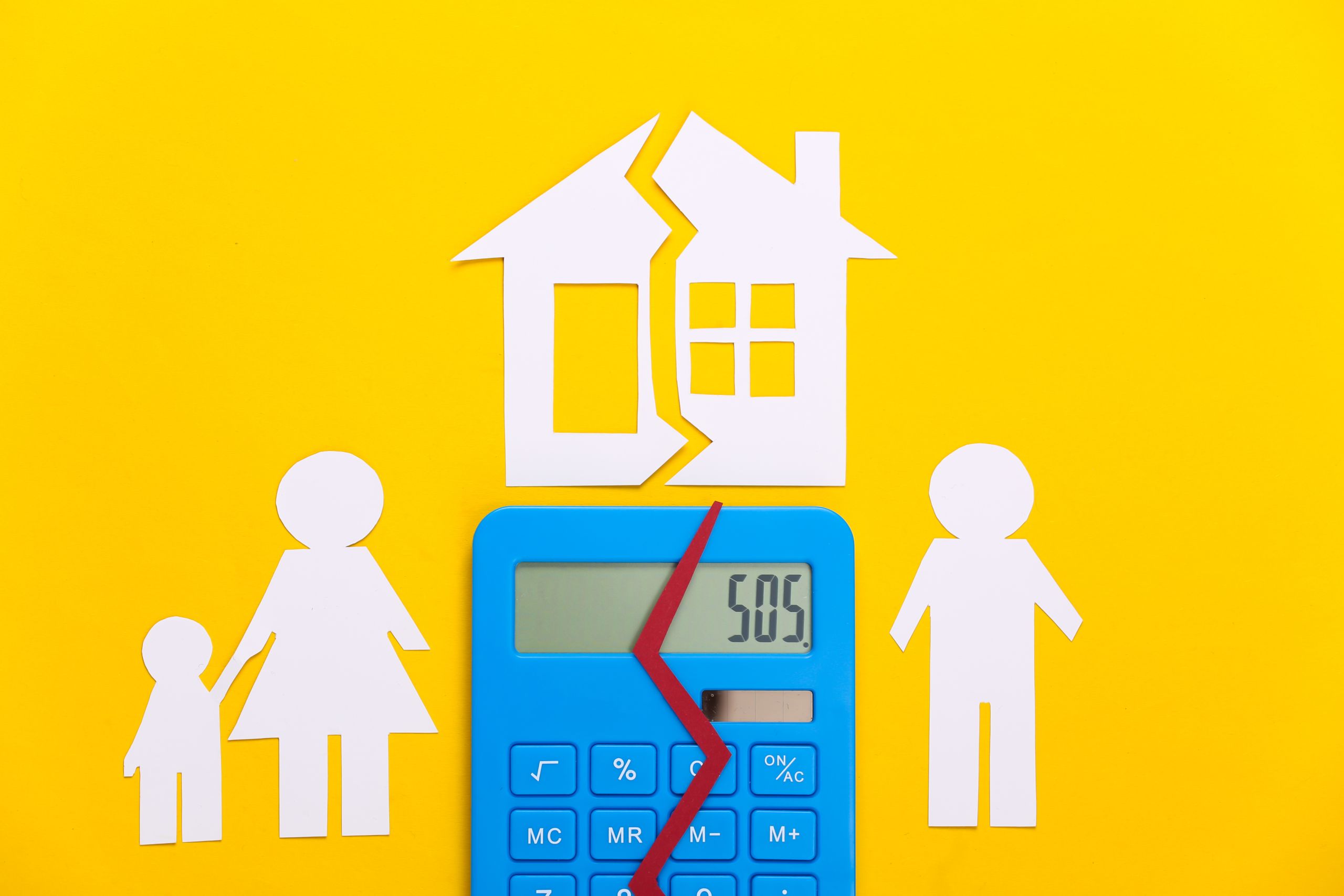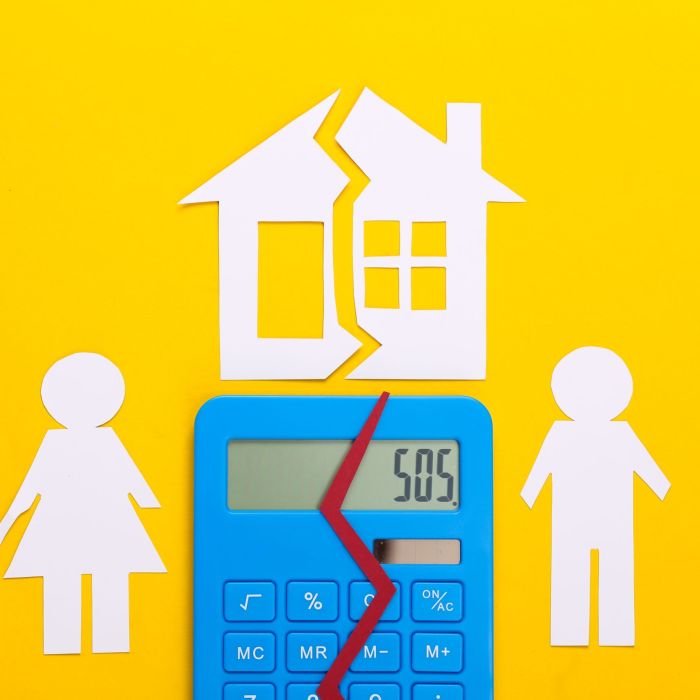Divorce can be an emotionally and financially taxing experience, and when real estate is part of the equation, it can add another layer of complexity. If you and your spouse own a home together, here are three common strategies to consider when dividing this valuable asset during divorce proceedings.
1. Sell the House and Split the Proceeds
One of the most straightforward approaches is to sell the home and divide the profits equally. This option offers a clear financial resolution and allows both parties to move forward with a clean slate. Here are key points to keep in mind:
- Market Value: Get a professional opinion from a real estate agent or appraiser to determine the home’s current value.
- Selling Costs: Don’t forget to factor in selling expenses, including agent commissions, closing costs, and any repairs that may be necessary.
- Timeline: Agree on a realistic timeline for the sale to avoid unnecessary delays.
Selling the home ensures that both spouses walk away with their share of the equity, making it a clean and final resolution post-divorce.
2. One Partner Keeps the House
In some cases, one spouse may wish to keep the home—whether for emotional reasons, to provide stability for children, or simply because they prefer to remain in the property. If this option is pursued, several factors should be considered:
- Equity Buyout: The spouse who wishes to keep the house must buy out the other spouse’s share of the equity. This involves assessing the home’s value and calculating each party’s share of the equity.
- Refinancing: The spouse keeping the house will likely need to refinance the mortgage to remove the other spouse from the loan. This ensures that only the retaining spouse is responsible for future payments.
- Legal Agreements: A formal contract should be drawn up to specify responsibilities, including maintenance, taxes, and mortgage payments.
This approach works best when the spouse retaining the house has the financial means to do so.
3. Co-Ownership Agreement
If neither spouse is ready to part with the property or if it makes financial sense to maintain ownership of the house, a co-ownership arrangement may be a suitable option. This strategy could involve:
- Shared Responsibilities: Both spouses continue to share financial duties, such as mortgage payments, property taxes, and maintenance costs. Clear communication and mutual understanding are key to avoiding conflicts.
- Defined Exit Strategy: Establish a plan that outlines how and when the home will be sold or how one spouse may buy out the other in the future. Having a timeline provides clarity and direction.
- Legal Documentation: A formal agreement should be created to outline the co-ownership terms, including decision-making processes related to the property.
Co-ownership allows both spouses to benefit from the property’s potential appreciation while maintaining a collaborative approach to shared ownership.
Dividing real estate in a divorce may seem complicated, but understanding your options can make the process easier. Whether you choose to sell the house, have one spouse keep it, or explore a co-ownership agreement, clear communication and legal guidance are essential for a fair resolution. Taking the right steps can help both parties move forward positively after the divorce.









